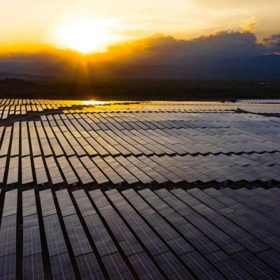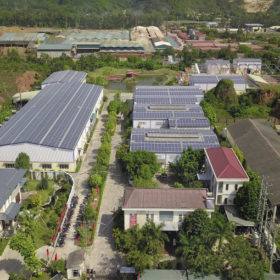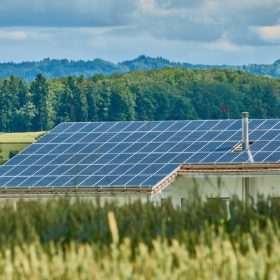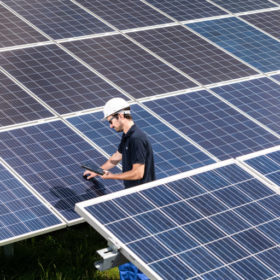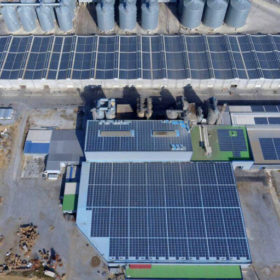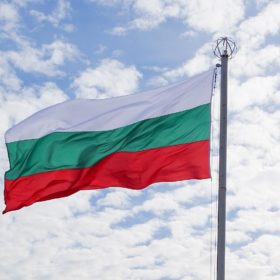End of subsidies could fuel the corporate PPA boom in Europe
Pioneering solar projects which signed ten-year feed-in tariff agreements will soon need to operate free of subsidy and with local authorities like the City of London starting to embrace direct contracts with renewables generators, the PPA market could be set for another turbo charge.
Why the solar M&A landscape in Vietnam is set to heat up
Vietnam has now effectively overtaken Thailand as the largest solar market in Southeast Asia in terms of installed solar operational capacity, with more than 6,314 MW installed up to September 2020. Many hundreds of MWs of solar projects are also still under construction or development. However, its solar (and other renewable energy) M&A activity has developed very slowly to date. There are many reasons to expect that this is about to change, but before we examine them, let us review the main factors behind this sluggish tempo.
New GIZ guidelines to help drive Vietnam’s C&I rooftop market
Last Friday, the German development agency Deutsche Gesellschaft für Internationale Zusammenarbeit (GIZ) officially released its “RTS – Technical and Administrative Guidelines for Commercial and Industrial Projects” to further support the development of rooftop solar (RTS) in Vietnam. Earlier in the week in a JinkoSolar-organized webinar, Tuan A. Nguyen of the Ministry of Industry and Trade’s (MOIT) Institute of Energy provided an update on Vietnam’s growing PV market and especially the RTS segment. Mr. Tuan also coauthored the RTS Guidelines for C&I Projects.
France raises size limit for solar FITs from 100 kW to 500 kW
The French government has decided to reduce the planned degression rates for feed-in tariffs, in addition to raising the size limit for projects.
Germany breaches 52 GW mark with 409 MW of new solar in August
The first eight months of the year have brought 3.2 GW of new generation capacity, compared to 2.7 GW in the same period of last year.
The future of solar PPAs in Turkey
Both the current status, and the future of, solar PPAs in the Turkish market as a key tool for increasing PV capacity has become a widely discussed topic. This is particularly due to the fact that after mid-2021, the future of YEKDEM (Turkey’s local FIT regime) is uncertain. The incentives could be lower than expected, or even unavailable for some technologies. This has raised the question of alternative financing mechanisms with respect to new investments.
All details of Ukraine’s new feed-in tariffs for PV
On July 21, 2020, the Law on Feed-in Tariff Restructuring was passed by the Verkhovna Rada of Ukraine.
Bulgaria plans to introduce FITs for solar systems up to 30 kW
The government is considering a €0.12/kWh feed-in tariff for PV installations with a generation capacity of up to 5 kW and of €0.10 for 5-30 kW systems. If implemented, the scheme will come into force next month.
Agricultural PV emerges as Japan’s next opportunity
Self-consumption, the ability to isolate from the grid and provide power in the event of outages, and agricultural solar are key components in the 2020 revisions to Japan’s feed-in tariff program, reports RTS Corp.’s Izumi Kaizuka.
Compensation for curtailments of renewable generation in Ukraine
As of November 2019, certain RES producers have been intermittently forced to reduce their output or halt production of electrical energy altogether under the instructions of Ukraine’s transmission system operator, NEC Ukrenergo. DTEK, along with several other large market players led the call for limitations. Many of the country’s RES producers have become alarmed.

